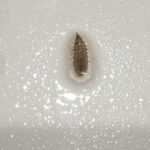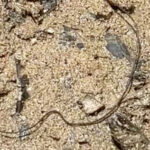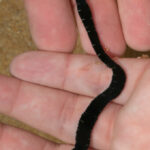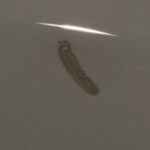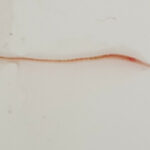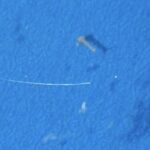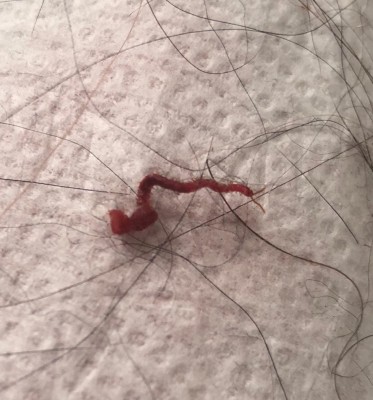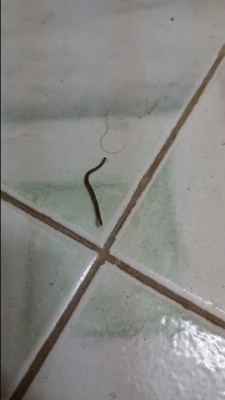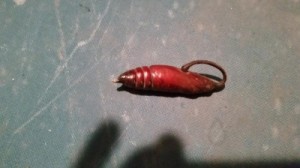Not only is the giant feather duster worm brilliantly bright and beautiful, it has the ability to create currents in the water to trap prey and they are peppered with eyespots that help the worm detect danger. If danger is approaching, the worm will retreat into its own tube.
The giant feather duster worm, (Eudistylia polymorpha), is around 25.4 centimeters long and 1.3 centimeters wide. Ok, so it’s not so big, but it can sure look that way if you ever meet one eye to, ahem, eyes. This worm earned the name “giant feather duster worm” because it looks like a feather duster and it is also orange, maroon, and brown in color. The tube is tan and it is made of filtered particles and protein. It is not uncommon for the worm to tube to be covered in sand and shell bits.
The plume is about 6.4 centimeters wide and it has anywhere from 25-30 gills that are red in color and look like feathers. You can find the giant feather duster worm along the Pacific Coast all the way from Alaska to San Diego, California. These delightful creatures are commonly spotted in Pacific Grove, Ca. The worm prefers shallow water, so if you’re searching for one, all you have to do is look around man-made structures such as pilings, floats, and wharfs.
So what do these animals eat? The feather duster worm finds food particles and plankton to satisfy hunger pangs. By creating the current mentioned earlier, the worm moves its grub closer to its tentacles which are covered in a sticky substance that traps the food. The feather duster worm repeats this process quite often as it has a very (very) strong appetite.
According to MarineBio.com, “The giant feather duster worm’s means of fertilization, of course, are external. Oocytes may range from 140 to over 200 µm in diameter, depending on whether the species broods eggs or spawns freely. (In the latter case, the eggs are deposited in gelatinous masses either on the parent’s tube or on the seafloor.) In females, sperm receptacles may exist at the base of the crown tentacles. Gametes first accumulate in the abdomen and mature, enter the gonoducts (analogous to the human oviducts), then go on to the longitudinal (sometimes referred to as the fecal) groove. They are then directed upwards, out of the mouth, onto a series of ciliated palps, and into the sea. Once the zygotes are released, they float freely for three to four weeks before settling down.”
If you would like to see pictures of the giant feather duster worm, check out Google images and just type in “giant feather duster worm.” You will certainly get an eyefull!
All About Worms is always free, always reader-supported. Your tips via CashApp, Venmo, or Paypal are appreciated! Receipts will come from ISIPP Publishing.



